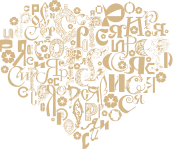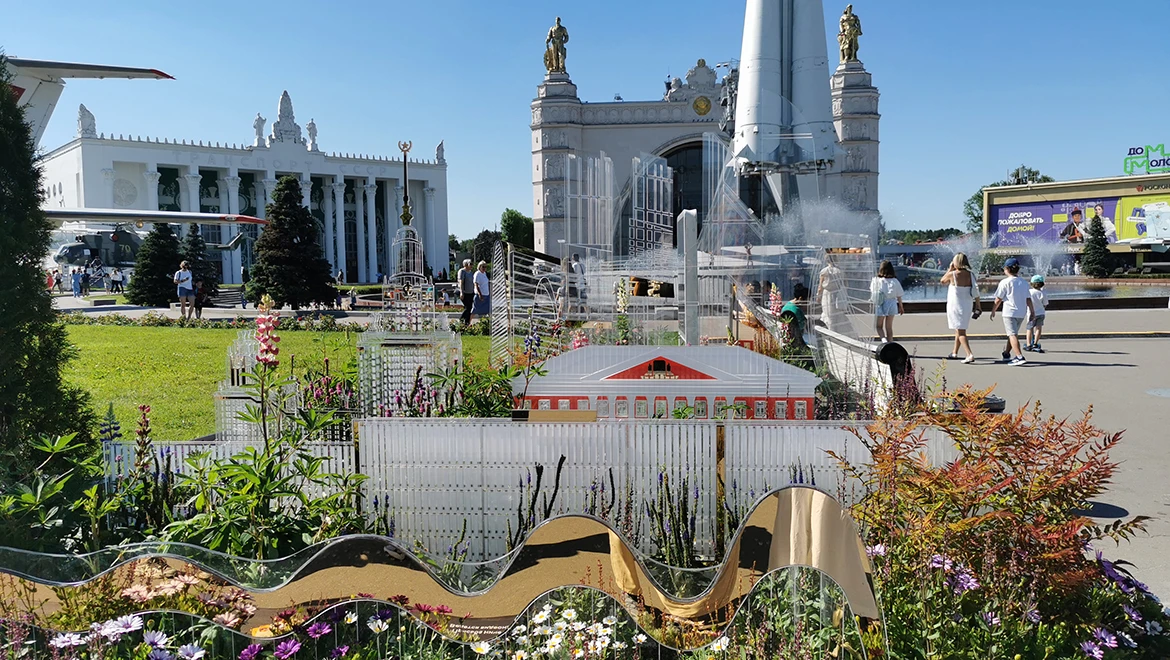Venus slipper orchid. Republic of Buryatia
The lady's
slipper orchid, or Venus slipper (Latin: Cypripedium calceolus) is an ancient
herbaceous plant belonging to the Orchid family. In Russia, this flower is also
called Adam's head, Mary's slipper, cuckoo boots. It can be seen in the
European part of our country, in Siberia and in the Far East. It is included in
the Red Book of the Russian Federation. On the territory of Buryatia, it is
protected in the Barguzinsky and Jerginsky reserves, Zabaykalsky and Tunkinsky
national parks.
According
to legend, the name of the flower came from the slipper of Venus, the goddess
of beauty. When Venus was running away from her pursuers through a swampy area,
she tripped and dropped her slipper. This slipper miraculously transformed into
the flower we now know as the Venus slipper.
This
species is considered to be a representative of the most beautiful orchids of
the northern regions of Russia. The slipper reaches a height of 20-25 cm, its
stem is covered with short glandular hairs along its entire length. At the base
of the stem there are 3-4 brownish scaly leaves with slightly elongated
ellipse-shaped hairs. The leaf plates are light green on the outer side, the
inner one is paler. In the axil of the lowest leaf there is a bud, from which a
sympodial root develops.
The slipper
flower is a trap for pollinating insects, which are attracted by the delicate
smell and bright color of the plant. The pollination process of the common
slipper orchid is very intriguing and exciting. The large yellow shoe-shaped
lip is closed at the top by a shield-shaped staminodium. The edges of the lip
are wrapped inward. Insects easily crawl into the slipper, after its
examination they start looking for an exit. But the limited space does not
allow them to take off, and the wrapped inward edges of the lip, its smooth
inner surface and the staminodial barrier do not allow them to crawl out in a
direct path. In the posterior wall of the lip there are areas of tissue formed
by cells without pigmentation, well transmitting light - the so-called windows.
The insect takes them for an exit and crawls in the indicated direction only to
see the real exit to the outside soon: two narrow openings on the right and
left.
As the
insect climbs out of the flower, it first encounters a convex snout on its way
out. The insect's thorax passes directly above it: the insect cleans the pollen
it has brought with it on the snout. Climbing higher and closer to the light,
the pollinator encounters another obstacle - the exit is narrow: it is
difficult to squeeze past the anther, so most of the pollen is glued to the
breast of the insect. Small and weakened insects cannot get out of the anther
and remain in it forever. And those who are lucky enough to get free, tired and
often wet after a forced bath in the rainwater accumulated in the slipper, for
some time lose the ability to coordinated movement. But after resting, they fly
to other flowers.
Despite
such remarkable abilities, not all flowers are pollinated. In this regard, seed
reproduction of the slipper is not frequently observed. In addition, symbiosis
with a mycorrhizal fungus is required for seed germination, and the fungus is
also necessary for the development of the plant in the first years of life. The
first green leaf develops only in the fourth year, and the slipper blooms only
in the 15th-17th year.
The
population of the lady's slipper has largely suffered because of the beauty of
the flower. The orchid has been plucked for bouquets and dug up to plant in
gardens. The slipper's numbers are also declining as a result of changes or
destruction of its habitat by logging and fertilizer application. Therefore, it
is currently protected in 46 nature reserves and cultivated in 24 botanical
gardens in Russia.
Along with the RUSSIA EXPO, the flower festival is also coming to an end.
The "Future in Flowers" festival continues at the RUSSIA EXPO, where unique flowerbeds from all regions of our country can be seen at the "Space" pavilion until July 8.
The RUSSIA EXPO concludes on July 8, and with it, the flower festival will also come to an end.





